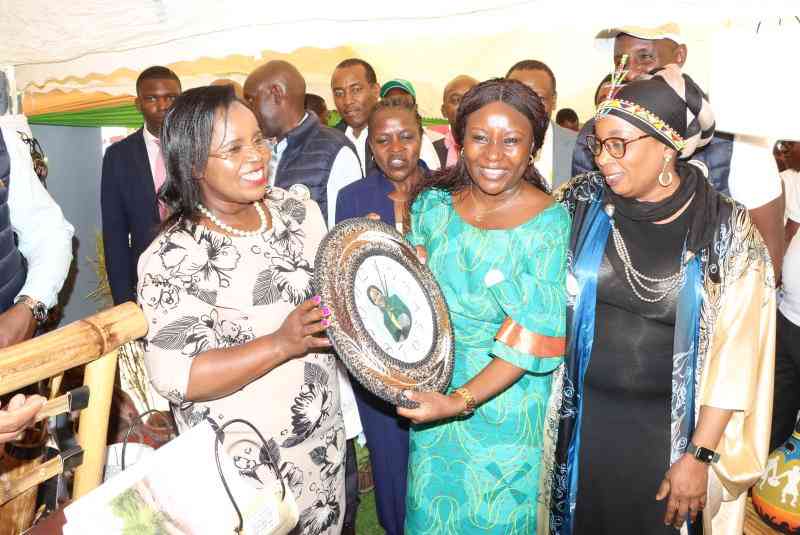What has gratitude got to do with the overall health of an organisation? What has a subjective measure got to do with determining the sustainability of a financial entity, for instance? It is difficult to deny the power of recognition and appreciation in changing perceptions and in raising organisational profile and profits.
When gratitude ceases to be mere politeness, civility and the perfunctory ‘thank you’, and suffuses both the soul of individual workers and the organisation, that is when measurable real results begin to be felt.
This is the magic of organisational sustainability. Recent studies are increasingly showing the connection between gratitude and the profitability of an organisation, its sustainability and overall positive change. Medical studies have also shown that gratitude increases physiological efficiency, ensures greater emotional stability and enhances cognitive functioning and performance.
The experience of gratitude guarantees balanced hormonal levels, leads to the release of an anti-ageing hormones and boosts the immune system by increasing the an anti-body that plays a critical role in the immunity of the mucous membrane.
Since many workplace relationships and cultures are poisoned by such highly destructive emotions of anger, jealousy and mistrust, most of the organisation’s growth and profitability tend to suffer as a result.
However, grateful people tend to be more optimistic, experience improved health and extended lifespan. These benefits are a potential benefit to the organisation for which the person works.
Research on gratitude and appreciation demonstrates that when employees feel valued, they tend to have high job satisfaction and are willing to work longer. They engage in more productive relationships with co-workers and supervisors. They are also motivated towards achieving the company’s goals without much prodding.
Hidden magic
They feel and act as if they co-own the organisation. But what prevents this hidden magic from the wells of life, from being used as a tool for growth, change, development or transformation?
What prevents organisations and individuals from embracing the rewarding charms of gratitude, which the ancient Roman political theorist Marcus Cicero described as ‘not only the greatest of all virtues, but the parent of all others’? The “palace” organisation values predictability over improvisation, dwells on constraints rather than opportunities, borrows solutions rather than inventing them. It defends past action rather than devising new ones, favours accounting over goal flexibility, searches for ‘final’ solutions and discourages contradictions and experiments.
By contrast, the “tent” organisation places emphasis on creativity, immediacy and initiative rather than authority, clarity and decisiveness. The “tent” organisation does not emphasise harmony or durability of solutions and often asks, “Why be more consistent than the world around us?”
It’s easier to see that the inflexibility in “palace” organisations can make it difficult for the culture of genuine gratitude to thrive because of its monolithic structure which is configured with many layers of hierarchy that seek and demand to be hero-worshipped. The “tent” organisation tends to have a polycentric outlay, which is configured in the sense of being decentralised with a bottom-up “family” management style as its signature. The “tent” organisation emphasises a networking culture among workers as an important solution to organisational growth and sustainability.
A culture of gratitude is likely to emerge and develop when organisations invest in members’ professional development, assign them to new and interesting projects and expose them to new and interesting areas. This includes cross-training, involving them in decision-making and problem solving.
 The Standard Group Plc is a
multi-media organization with investments in media platforms spanning newspaper
print operations, television, radio broadcasting, digital and online services. The
Standard Group is recognized as a leading multi-media house in Kenya with a key
influence in matters of national and international interest.
The Standard Group Plc is a
multi-media organization with investments in media platforms spanning newspaper
print operations, television, radio broadcasting, digital and online services. The
Standard Group is recognized as a leading multi-media house in Kenya with a key
influence in matters of national and international interest.
 The Standard Group Plc is a
multi-media organization with investments in media platforms spanning newspaper
print operations, television, radio broadcasting, digital and online services. The
Standard Group is recognized as a leading multi-media house in Kenya with a key
influence in matters of national and international interest.
The Standard Group Plc is a
multi-media organization with investments in media platforms spanning newspaper
print operations, television, radio broadcasting, digital and online services. The
Standard Group is recognized as a leading multi-media house in Kenya with a key
influence in matters of national and international interest.








